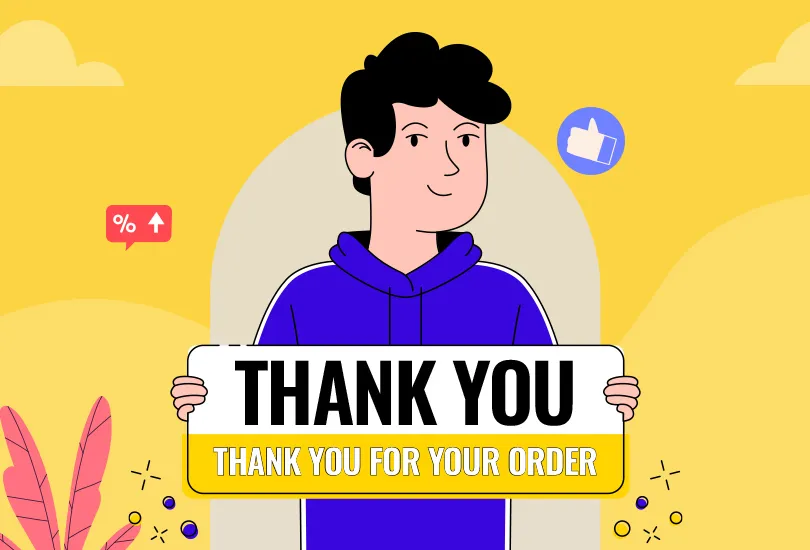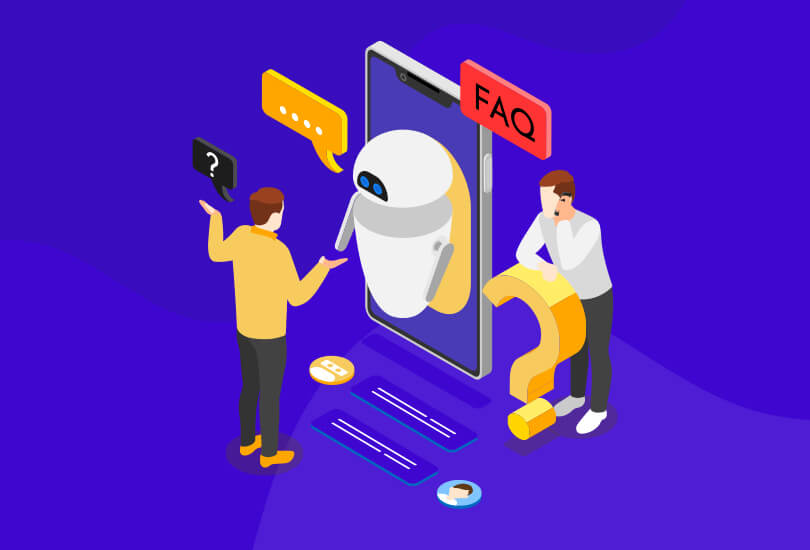In an era of digital empowerment, customers demand swiftness, transparency, and caring. They are after people, not robotic scripts. Every chat message matters. It’s not just copy — it’s your brand talking to them. And when it comes to engagement and loyalty, if used correctly, live chat can be your best weapon.
But how do you make your live chat responses winning moments that really resonate with people?
Live Support Chat Phrases to Drive Customer Engagement
Times have changed. Phone calls are fading. Emails take forever. But live chat? It’s fast. It’s convenient. It’s personal. Because most successful companies do it. A single, well-crafted response can transform frustration into trust. But a lazy message can send customers packing. So, the question is — how do you make each reply count?
Begin with a Warm, Human Welcome
The first impression matters. Always. Instead of ‘How may I help? — Try something friendlier. It’s short, it’s human, and it sets the tone. The phrase below has slight warmth that encourages customers to speak freely. And the more comfortable they come to feel, the more engaged they become.
Example:
“Hi there! 😊 How’s your day been so far?
Listen Before You Reply
Yes, you’re typing. But still — listen. Read carefully. Understand what they’re really asking. Sometimes customers don’t explain clearly. That’s okay. Respond with clarity and calmness. This shows you’re paying attention. It’s the simplest way to make customers feel heard.
Example:
“Got it. You’re having trouble logging in, right?”
Empathy Is Everything
Empathy isn’t just emotion. It’s a strategy. Don’t rush to solutions when your customers are angry. First, connect. These brief, empathetic sentences build trust. They turn tension into teamwork. And please keep in mind — empathy first, action second.
Example:
“I can completely relate to how that feels.”
Or, “I totally understand that this is so frustrating. Let’s fix it together.”
Keep It Simple, Clear, and Friendly
Customers read quickly. They don’t want long paragraphs. Use short sentences. Add line breaks. Keep the tone simple. Each line is easy to follow. Clear signals cause customers to linger and respond.
Example:
“Let me check that for you.”
“Here’s what I found.”
“All done! Anything else I can assist with?”
Use Positive Language
Words shape emotion. Negative words close doors, while positive words open them. Don’t Allow Negativity to drive the Conversation. Keep it positive and professional. It makes customers feel supported — not constrained.
Example:
Don’t say, “That’s not possible.” Instead, try, “Here’s what we can do.”
Don’t say, “You must wait.” If so, and if so, say “I will have that in a jiffy!”
Take Ownership
Never justify yourself by using “policy” or “system problems.” Be responsible. It builds confidence. Responsibility does the magic to see a problem as an opportunity.. It says to the customer: We care.
Example:
“That was our bad and I’ll make it right for you.”
Or, “We dropped the ball on that update, but I’ll take care of it.”
Real Solutions, Not Just Apologies
Apologies are fine, but action is better. Customers want to see results. Simple, solid answers calm frustration. They are evidence that your team treats things seriously.
Example:
“I’ve reset your account. Please try again now.”
Or, “Your return has been processed. You will see it in the next 24 hours.”
Add Personal Touches
Generic messages sound robotic. Personalization adds warmth. Use the customer’s name. Mention their issue directly. This one line does wonders. It demonstrates that you not only notice them, but also see beyond their problem. It’s humanizing, lends authenticity, yet does not feel scripted.
Example:
“Thanks, Alex, for your patience in letting me take time to review your order details.”
Show Appreciation
Customers love feeling valued. So always thank them. Even small gestures matter. Gratitude serves to end chats on a high note, which can also encourage them to return.
Example:
“Thanks for calling that out. It helps us improve.”
Or, “So sorry for the confusion on that one.”
Be Proactive
Don’t just react. Lead. If you foresee a potential roadblock, bring it up early. Proactive chat contributes to the creation of trust and belonging. It’s a sign that your brand does not just cure — it cares in advance.
Example:
“I saw your subscription is about to renew — should I make sure for you?”
Follow Up After the Chat
When the issue has passed, you don’t end the conversation; follow up. Ask if everything’s fine now. Follow-ups make customers feel remembered. It doesn’t so much solve an issue as transform it into a stronger connection.
Example:
“Just seeing if you are resolved on your issue. Is everything working perfectly?”
Don’t Over-Automate
Bots are helpful — but over-reliance can crush engagement. Automation is meant to assist human touch, not replace it. Canned replies give a bad look. Customers can instantly tell when they’re talking to a bot. And nothing reduces trust faster. Lead with bots for basics — greetings, FAQs, and routing. But for real interaction? Humans always win.
Respond Quickly, But Don’t Rush
Speed matters. No one likes waiting in chat. But speed minus quality is just empty speed. Spend a couple of seconds writing clear, friendly replies. This quick, businesslike response is all about speed and accuracy.
Example:
“Thanks for waiting! I’ve Googled that for you – here’s what we can do…”
End Strong
Please don’t kill it awkwardly in chat. End confidently. A strong close makes a memory that lingers. It’s the last thing customers taste.
Example:
“I’m glad we got that sorted. Have a great day ahead!”
Or, “Thanks for giving me a call — much appreciated!”
Why All This Matters
Where there is a plethora of options, customers stay where they are heard. Your life gate is their emotion. A fast, friendly, human response can transform a visitor into your promoter. It’s not about typing fast. It’s about connecting deep. Every “Hi there!” can turn into a “Thank you, I’ll be back soon.” That’s engagement in motion.
Customer engagement isn’t built overnight. It’s constructed over every message. The most successful live chat responses are short, thoughtful, and empathetic. They solve problems. They show care. They build loyalty.
So, the next time you talk, remember: Every word counts. Every tone matters. Winning trust is an opportunity every second. Engage smart. Write human. Respond with heart.That is how you lift customer engagement — one chat at a time.







